The ocean a sprawling, mysterious expanse that has captivated human imagination for eons. But let’s not romanticize it too much; it’s also a place where we’ve committed some serious ecological faux pas. So, how do we reconcile our need for seafood with the need to protect marine life? The answer lies in the art of humane fishing.
The Problem with Traditional Fishing Methods
Before diving into the benefits of humane fishing, let’s first address the elephant in the room—or rather, the fish in the net. Traditional fishing methods, such as trawling and longlining, are notorious for their indiscriminate nature. They catch everything in their path, leading to bycatch and the depletion of non-target species.
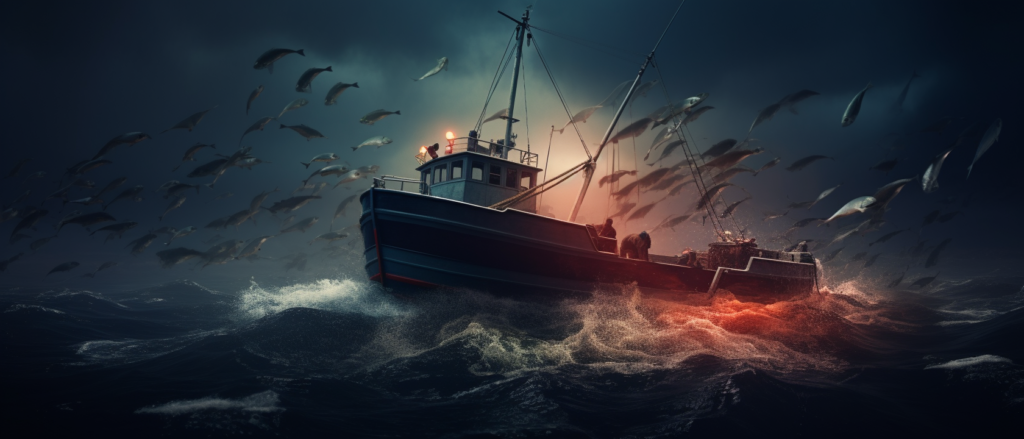
Bycatch: The Unintended Consequence
Bycatch is the accidental capture of non-target species, including sea turtles, dolphins, and even seabirds. According to the Food and Agriculture Organization of the United Nations, bycatch accounts for about 40% of the world’s catch, totaling 38 million tons per year. That’s a lot of wasted life.
The Humane Alternative: Selective Fishing Methods
Selective fishing methods, such as hook-and-line and trap fishing, are designed to minimize bycatch and reduce stress on fish. These methods allow fishermen to target specific species, sizes, and even sexes, thereby reducing the ecological impact of fishing.
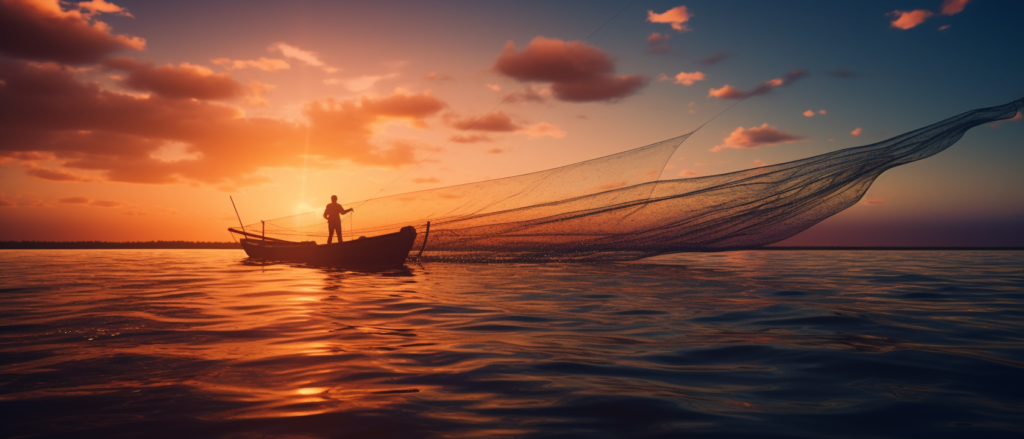
The Benefits of Humane Fishing
- Sustainability: By targeting only specific species, humane fishing ensures that fish populations remain healthy and sustainable for future generations.
- Economic Viability: Less bycatch means less waste, making the fishing process more efficient and economically viable in the long run.
- Ethical Treatment: Reducing the stress and suffering of fish is not just an ethical obligation but also improves the quality of the catch.
- Ecosystem Preservation: Selective fishing methods are less disruptive to marine ecosystems, helping to maintain the balance of species.
Case Studies: Humane Fishing in Action
Alaska’s Hook-and-Line Cod Fishery
In Alaska, the hook-and-line method is used to catch Pacific cod. This method has been praised for its low bycatch rates and its ability to target specific sizes of fish, ensuring that juvenile fish are left to grow and reproduce.
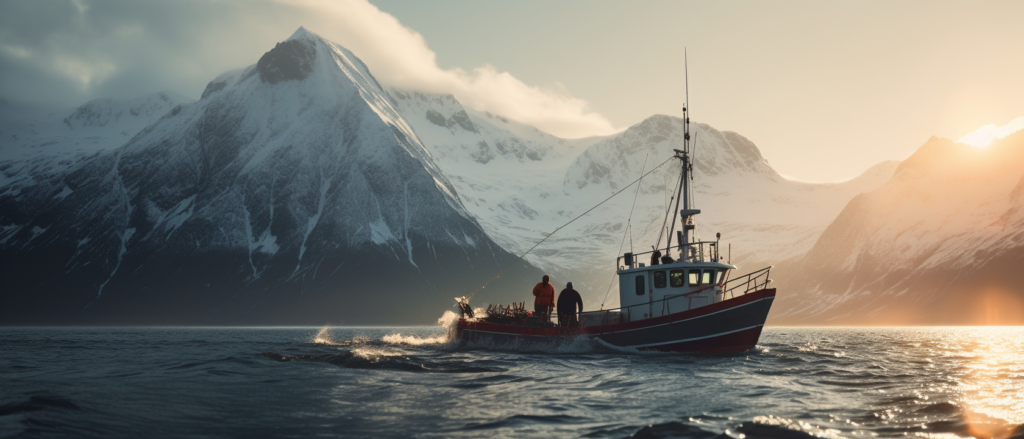
In Maine, lobster pots are used to catch lobsters without harming other species. The pots are designed to allow smaller lobsters to escape, ensuring that only mature lobsters are caught.
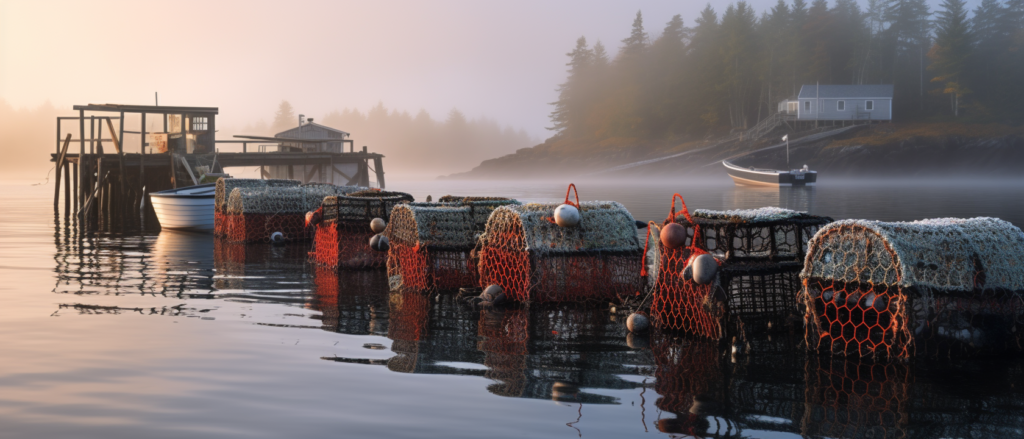
The Road Ahead: Challenges and Solutions
While humane fishing methods offer a more ethical and sustainable alternative, they are not without challenges. The initial cost of transitioning to these methods can be high, and there is a need for more research to make them even more efficient.
Policy and Regulation
Governments and organizations need to incentivize the adoption of humane fishing methods through subsidies and grants. Strict regulations should also be put in place to penalize unsustainable practices.
Public Awareness
The public plays a crucial role in driving demand for sustainably caught seafood. Campaigns and education can help consumers make informed choices.
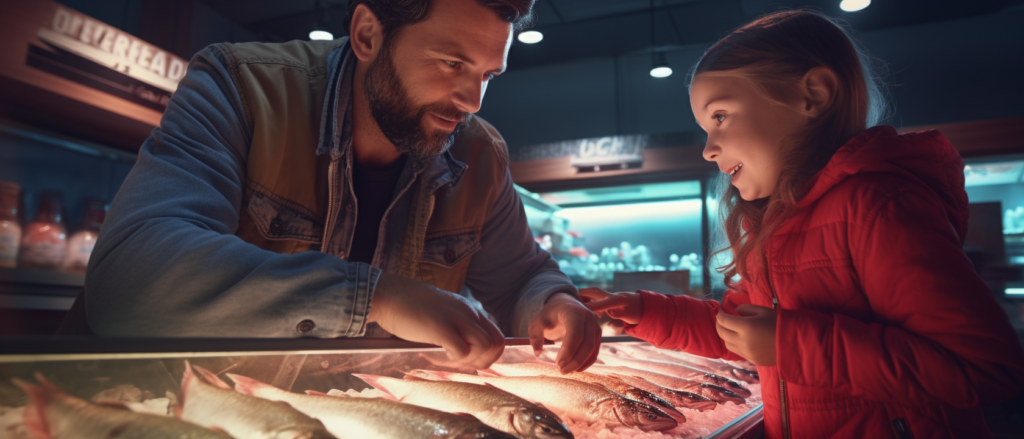
Conclusion
Humane fishing is not just a trend; it’s a necessity. As we plunder the oceans for their bounty, we must also take responsibility for their health. After all, the ocean is not just a resource; it’s a living, breathing entity that deserves our respect and care.

So the next time you enjoy a seafood feast, take a moment to consider where it came from. Your choices can make waves in the right direction.
And there you have it, folks. The ocean gives us so much; it’s high time we give back. But hey, no pressure—just the future of the planet hanging in the balance. No biggie.
